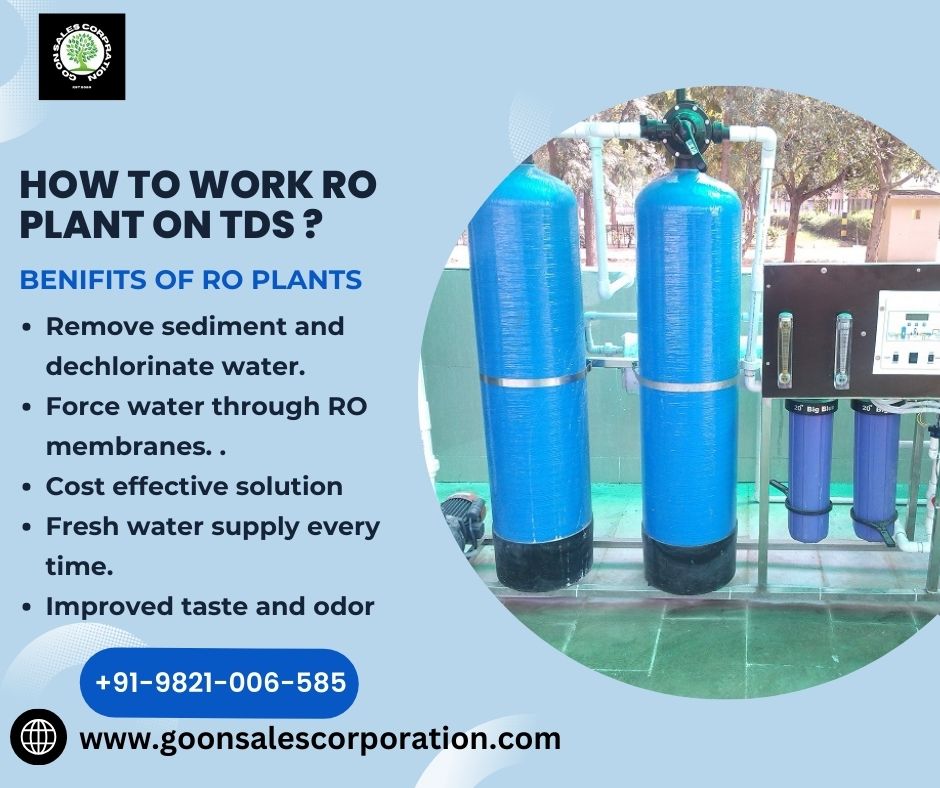
What is TDS Level in Drinking Water?
Total Dissolved Solids (TDS) in drinking water refer to the measurement of all the inorganic and organic substances dissolved in water. These substances can include minerals like magnesium, calcium, and potassium, as well as other organic matter. TDS is an important factor in water quality assessment and can impact the taste, safety, and suitability of water for various purposes.
Ideal TDS Levels in Drinking Water
Determining the ideal TDS level in drinking water can be complex, as it depends on various factors and preferences. Here are some key points to consider:
World Health Organization (WHO): The WHO does not provide a specific health-based guideline value for TDS in drinking water due to a lack of reliable data on potential health effects associated with TDS.
Bureau of Indian Standards (BIS): In India, the BIS has established an acceptable limit of 500 mg/L for TDS in drinking water. However, this limit can be increased to 2,000 mg/ if no other source of drinking water is available. TDS levels exceeding 500 mg/L may affect the taste and cause gastrointestinal irritation.
Taste and Palatability: Water’s taste can be influenced by its TDS content. Generally, lower TDS levels can result in a bland taste, while higher levels can affect palatability. Tasters have rated water palatability as follows:
<300: Excellent
300-600: Good
600-900: Fair
900-1200: Poor
1200: Not acceptable
Minerals and Health: Some dissolved minerals in water are beneficial for human health, so having very low or zero TDS is not recommended. A TDS level of at least 80 ppm is considered acceptable for maintaining essential mineral content.
Acceptability /Non- Acceptability of TDS Levels
Here’s a breakdown of TDS levels and their acceptability:
Fewer than 50 mg/L: Not acceptable, as water with such low TDS lacks essential minerals.
50-150 mg/L: Acceptable and considered ideal. Ensure that the purified water from an RO water purifier is not less than 80 mg/L.
150-250 mg/L: Acceptable, especially for cardiovascular health.
250-350 mg/L: Acceptable, and common in many urban Indian households.
350-500 mg/L: Acceptable as per BIS guidelines.
500-900 mg/L: Not acceptable; consider using an RO water purifier with a TDS controller or mineralizer.
900-1200 mg/L: Not acceptable; use an RO water purifier with TDS control or mineralization.
1200-2000 mg/L: Not acceptable for consumption; choose an RO water purifier capable of removing up to 2000 mg/L of impurities.
If the TDS level is over 2000 mg/L, don’t drink the water. You might need a special RO plant to make it safe.
Remember that you should think about TDS levels together with other water quality factors. Local rules and advice may be different. Additionally, individual preferences for water taste and mineral content can influence what TDS level is suitable for a specific household or region.
Go On Sales corporations specializing in water purification systems and solutions play a crucial role in ensuring the supply of pure and safe water for both industrial and residential customers.


